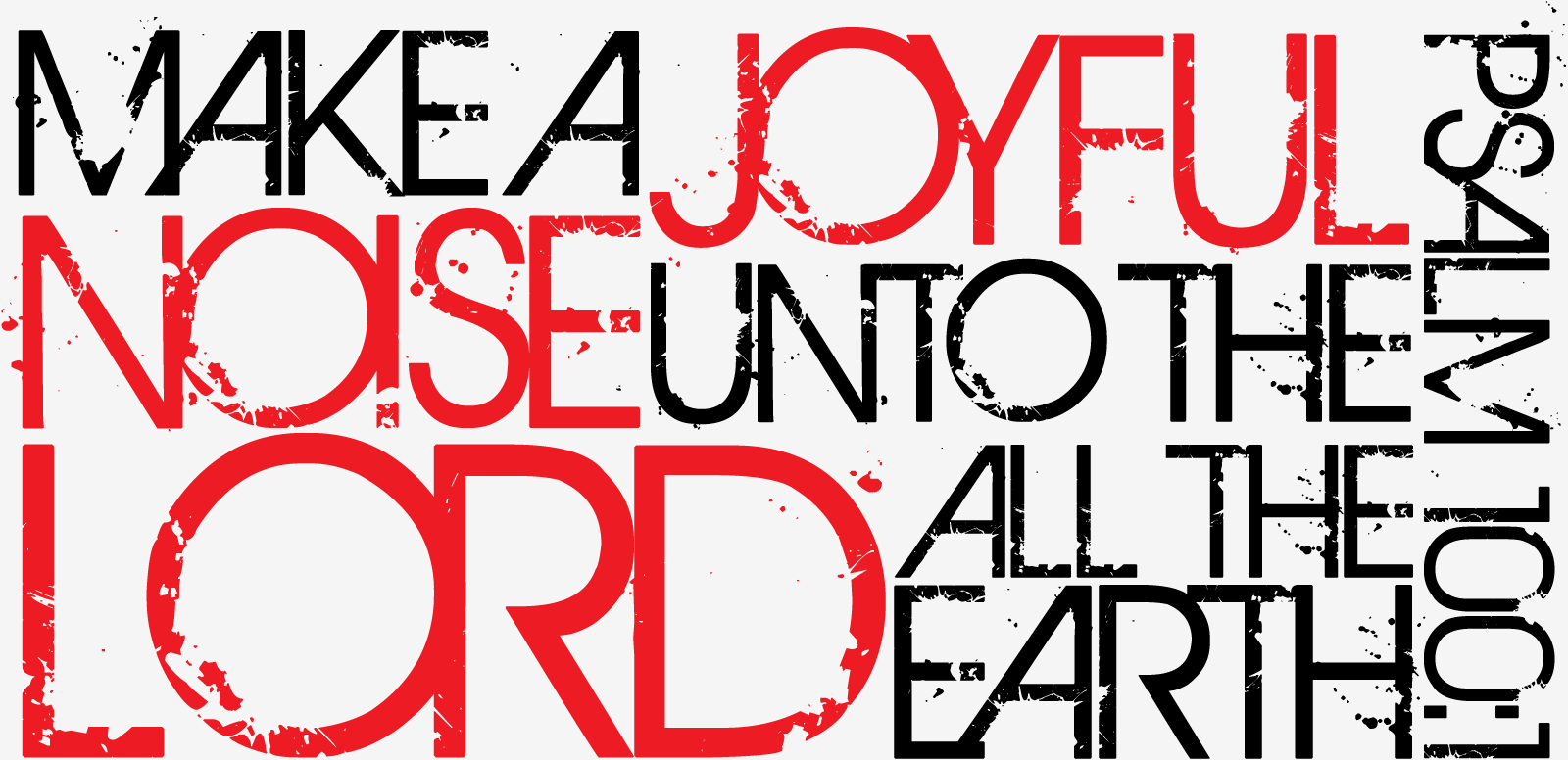
The Book of Psalms is a book of poetry, which was used as the “prayer” of “service” book in the ancient Israelite Temple. Composed of 150 poems, Rev. Eugene Peterson writes that, they form are a “prayer book that gives us a language adequate for responding to the God who speaks to us.” They can teach us how to pray.
Noted Old Testament Scholar Walter Brueggemann suggests (in his book Praying the Psalms) that the psalms reflect two very basic movements in everyone’s life. The first is the move into the “pit”. This happens when our world collapses around us and we feel that there is no way out of the deep hole into which we have sunk. The second movement is that out of the pit into a welcome place. We suddenly understand what has happened and who has brought us up out of the pit. Dr. Brueggemann advances that as human beings we regularly find themselves in one of three places:
- a place of orientation, in which everything makes sense in our lives;
- a place of disorientation, in which we feel we have sunk into the pit;
- and a place of new orientation, in which we realize that God has lifted us out of the pit and we are in a new place full of gratitude and awareness about our lives and our God.
Using these three “places,” Brueggemann suggests that life has a rhythm as we move from one place to the next. He believes that that psalms match those places and the surprisingly painful and joyful moves we make. In short, there are psalms of orientation, disorientation, and new orientation. Recognizing that different psalms match these three places in our lives can help us identify psalms that fit our personal lives and which may provide us with the language we need to pray and live from a place of faith, whether we are in the pit, or in a “welcome place.”
Today we begin with Psalm 100 is a typical hymn of praise. It was probably sung at the entry into the temple in connection with a thanksgiving ceremony. A song of orientation, it articulates the idea that we belong both to God and to each other. This orientation of God-centered community makes sense in and of our lives.
Questions for the practice of Examen & Contemplation
- What strikes or shimmers for you in these passages ?
- What do you see or hear as you listen to this psalm?
- What’s the mood?; the tone?
- What’s the life experience you’ve shared that this psalm is talking about?
- How does trusting that God is our shepherd, that Jesus is the Logos that holds creation together give you hope today? What might you need to let go of in order to make room in your heart, or imagination, for this hopeful truth of God’s intimate presence take root in you?
Download a Textual Study Sheet on Psalm 100 HERE.